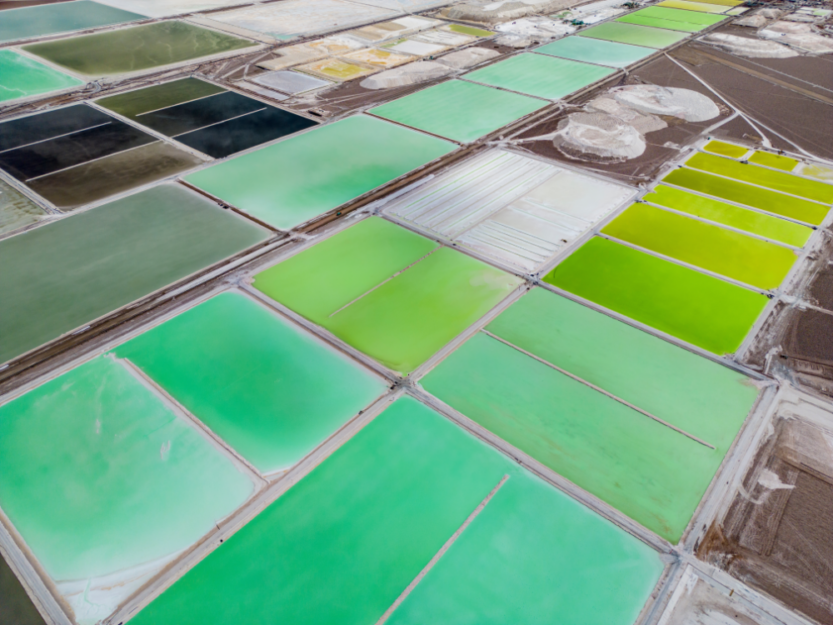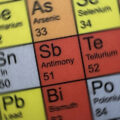The International Energy Agency (IEA)’s report on critical minerals stated that fast-growing critical minerals markets remain turbulent, with battery raw material prices falling sharply in 2023 after two years of dramatic increases. The mineral demand for clean energy technology is expected to double by 2030, said the report. The IEA estimates that the market for lithium will increase nine-fold by 2040.
Lithium spot prices dropped 75% and other strategic materials such as copper, nickel and graphite plummeted 30–40%, the Global Critical Minerals Outlook 2024 noted.
This development emanated from a strong increase in supply, mainly from Asia and Africa, and new battery technologies.
The market value for energy transition minerals will reach $770 billion in 2040, twice as much as today. The supply of copper will be critical, and the price level will rise faster than for other minerals. The investments in exploration and mining have increased during 2023 and the trend continues. Still, the anticipated resources of copper cover only 70% of the expected demand and for lithium the resources are only half of the market’s requirements, according to the report.
It warns of high market concentration – at present US and European companies are playing a major role for copper and lithium supplies, whereas Chinese companies dominate nickel and cobalt production, despite these minerals being mined elsewhere.
This includes Indonesia for nickel and the Democratic Republic of the Congo for cobalt. The IEA hopes for better resilience, for example, according to the non-single-origin threshold of 35% proposed in the EU Critical Raw Materials Act.
The report also emphasises the importance of recycling and of sustainable production, both for the population and for the environment of the minerals-producing countries. It said new supplies must not come at the cost of local communities or
the environment. “Our systematic ESG performance tracking paints a mixed picture,” it added.
The industry is making progress on worker safety, gender balance, community investment and renewable energy uses, but the same cannot be said for waste generation, emissions and water consumption and discharge, it said.
Photo: Aerial view of lithium fields in the Atacama desert in Chile. Shutterstock












